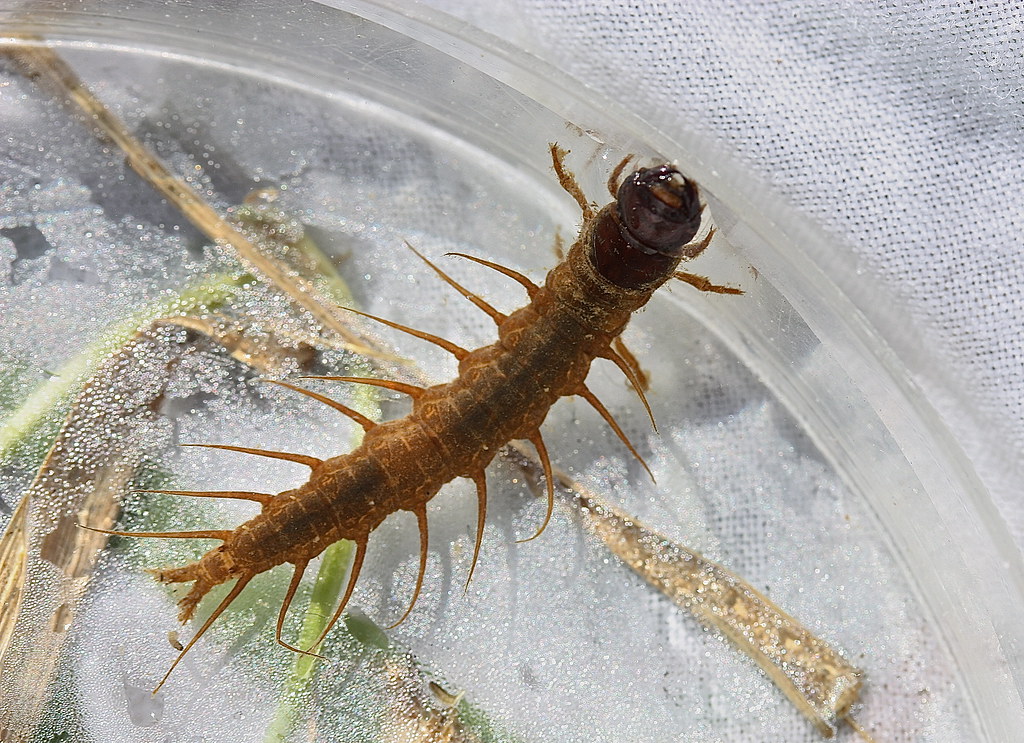Deep beneath the surface of streams, rivers, and lakes across North America, a remarkable insect spends years in complete darkness, breathing through its skin and hunting prey with the patience of a seasoned predator. This creature, known as the hellgrammite, represents one of nature’s most extraordinary transformations — living almost its entire existence underwater before emerging for just a few weeks to fulfill its ultimate purpose. What makes this bug truly fascinating isn’t just its aquatic lifestyle, but the shocking metamorphosis that turns a fearsome underwater predator into a clumsy, short-lived flying insect whose sole mission is reproduction.
Meet the Hellgrammite: Nature’s Underwater Assassin
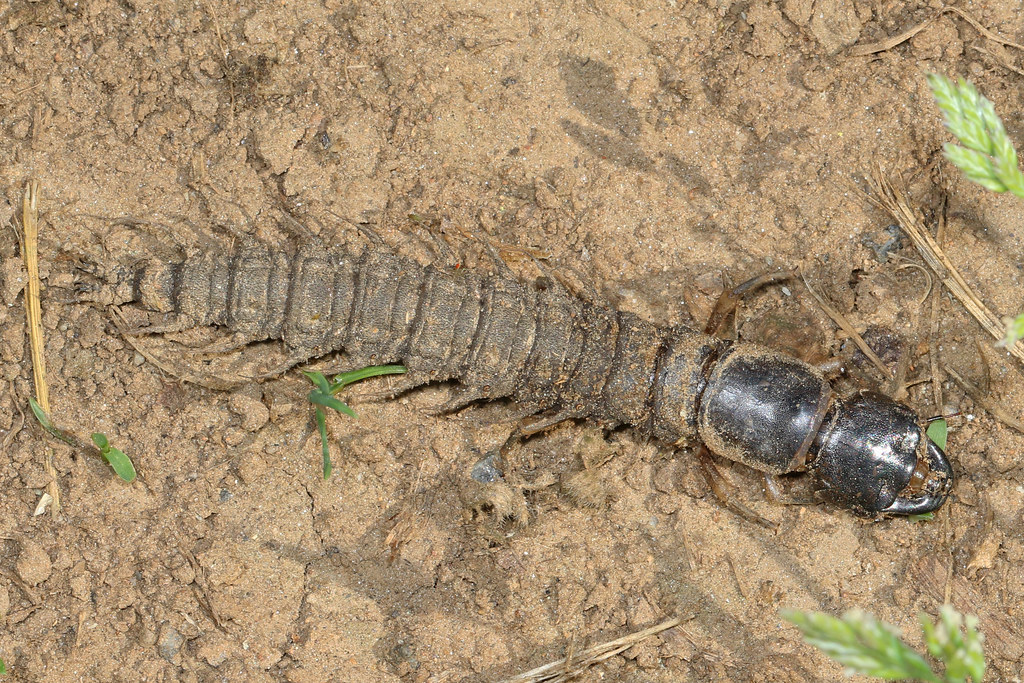
The hellgrammite, scientifically known as the larval stage of the dobsonfly (Corydalus cornutus), looks like something straight out of a horror movie. These creatures can grow up to four inches long, sporting powerful mandibles that can deliver a painful bite to unsuspecting humans. Their segmented bodies are equipped with feathery gills along the sides, allowing them to extract oxygen directly from the water.
What’s truly remarkable about hellgrammites is their incredible hunting ability. They’re ambush predators, hiding under rocks and logs, waiting for smaller insects, worms, and even small fish to venture too close. Their powerful jaws can crush the exoskeletons of their prey with ease, making them one of the most feared predators in freshwater ecosystems.
The Aquatic Years: A Life Spent in Darkness
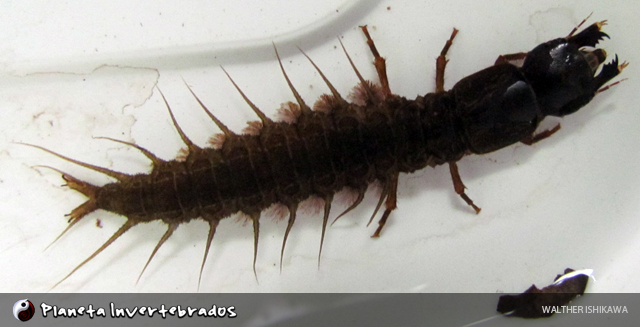
For two to three years, hellgrammites live exclusively underwater, never once surfacing for air. This extended aquatic phase is unusual among insects, as most species that undergo aquatic larval stages complete this phase within a single year. During this time, they molt multiple times, growing larger and more formidable with each shed skin.
The underwater world of a hellgrammite is harsh and competitive. They must constantly defend their territory from other predators while hunting for food in the murky depths. Their sensitivity to water quality makes them excellent indicators of ecosystem health — their presence signals clean, well-oxygenated water.
Their ability to survive in fast-flowing streams is particularly impressive. Hellgrammites have developed strong claws and a flattened body shape that allows them to grip onto rocks and resist being swept away by powerful currents.
The Transformation: From Water Monster to Flying Giant
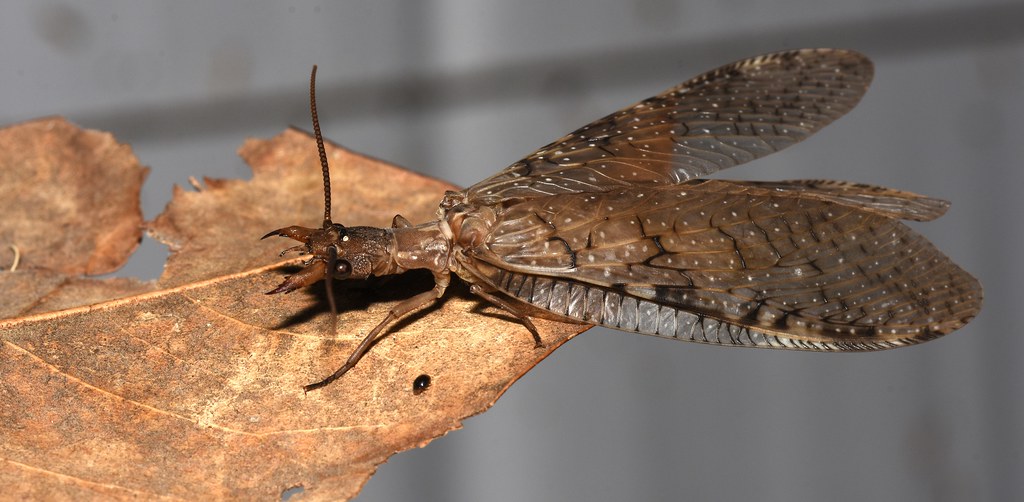
After years of underwater living, hellgrammites undergo one of nature’s most dramatic transformations. When they’re ready to pupate, they crawl out of the water and burrow into the soil or hide under logs near the water’s edge. This moment marks the beginning of the end of their aquatic life.
The pupation process takes several weeks, during which the creature’s body completely reorganizes itself. Gills disappear, wings develop, and the fearsome underwater predator transforms into an entirely different creature. This metamorphosis is so complete that early naturalists didn’t realize they were looking at the same species.
The timing of this transformation is crucial. Hellgrammites typically emerge as adults during late spring or early summer, when conditions are optimal for mating and egg-laying. Climate and water temperature play significant roles in triggering this life-changing event.
The Dobsonfly Emerges: A Giant Among Insects
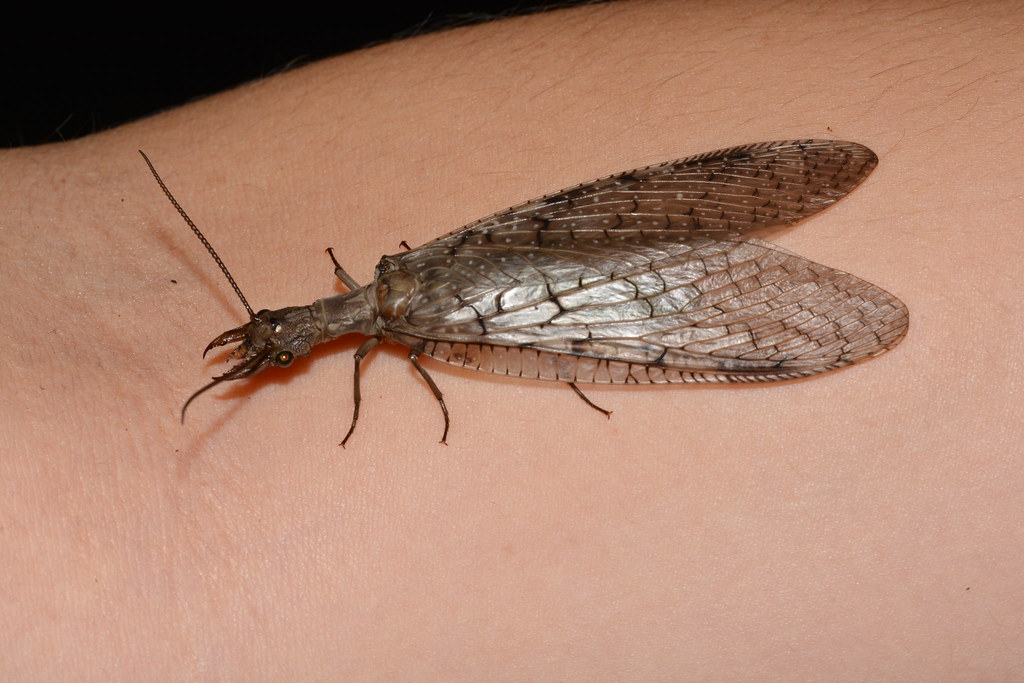
The adult dobsonfly that emerges from the hellgrammite is truly a sight to behold. With a wingspan reaching up to five inches, these insects are among the largest in North America. Males are particularly striking, sporting enormous, curved mandibles that can extend up to an inch long, though ironically, these impressive jaws are too large to be effective weapons.
Female dobsonflies are arguably more dangerous than males, despite their smaller mandibles. Their jaws are shorter but much more powerful, capable of delivering a memorable bite. The sexual dimorphism in jaw size serves different purposes — males use their oversized mandibles for display and grasping females during mating, while females need functional jaws for defense.
The dobsonfly’s appearance often causes alarm among people who encounter them, but these gentle giants are essentially harmless. Their intimidating size and appearance are purely defensive, designed to scare away potential predators.
The Mating Ritual: A Race Against Time
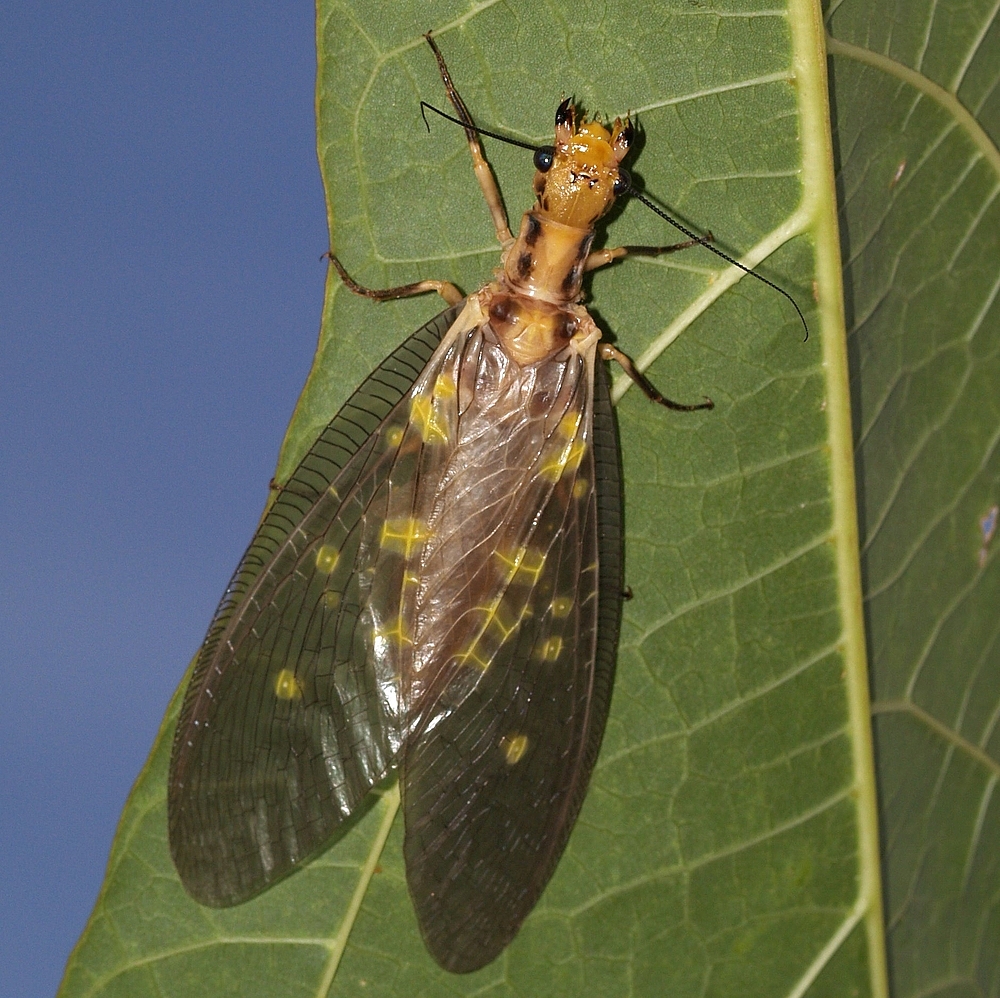
Adult dobsonflies face an urgent deadline — they typically live only a few weeks, sometimes just days. This brief window creates intense pressure to find a mate and reproduce successfully. Males emerge first and begin patrolling territories near water sources, using their large mandibles to compete with other males for prime locations.
The mating process itself is quite elaborate. Males must approach females carefully, using their oversized jaws to grasp the female’s head or thorax during copulation. This behavior, while appearing aggressive, is actually a delicate dance that requires precise timing and positioning.
After successful mating, the female’s biological clock begins ticking even faster. She must find the perfect location to lay her eggs before her short life comes to an end. The urgency of this mission drives much of the dobsonfly’s behavior during its brief adult phase.
The Egg-Laying Mission: Securing the Next Generation
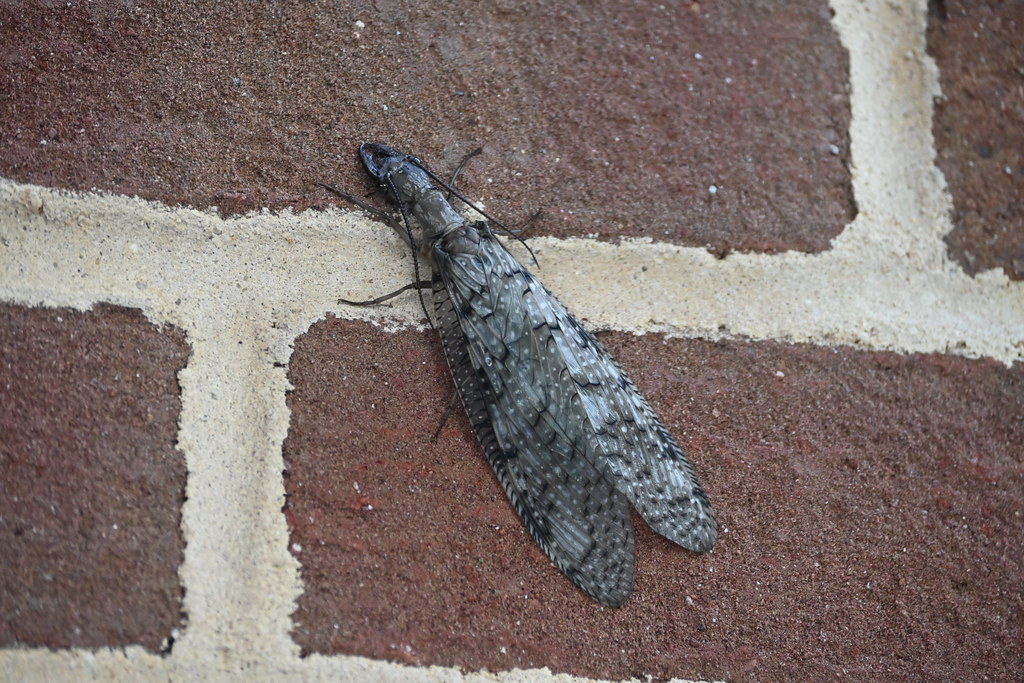
Female dobsonflies are remarkably selective about where they lay their eggs. They seek out locations near clean, fast-moving water — typically on rocks, logs, or vegetation overhanging streams and rivers. The female can lay anywhere from 100 to 1,000 eggs in a single mass, covering them with a protective white secretion that hardens into a waterproof coating.
This egg-laying process is exhausting and often represents the female’s final act. The protective coating she produces requires significant energy reserves, and many females die shortly after completing this crucial task. The timing must be perfect — too early and the eggs may dry out, too late and they may be damaged by weather or predators.
The eggs incubate for about two weeks before tiny hellgrammites emerge and drop into the water below. These newly hatched larvae are incredibly small, measuring less than a quarter-inch long, but they’re already equipped with the predatory instincts that will serve them throughout their aquatic years.
Breathing Underwater: The Gill System Mystery
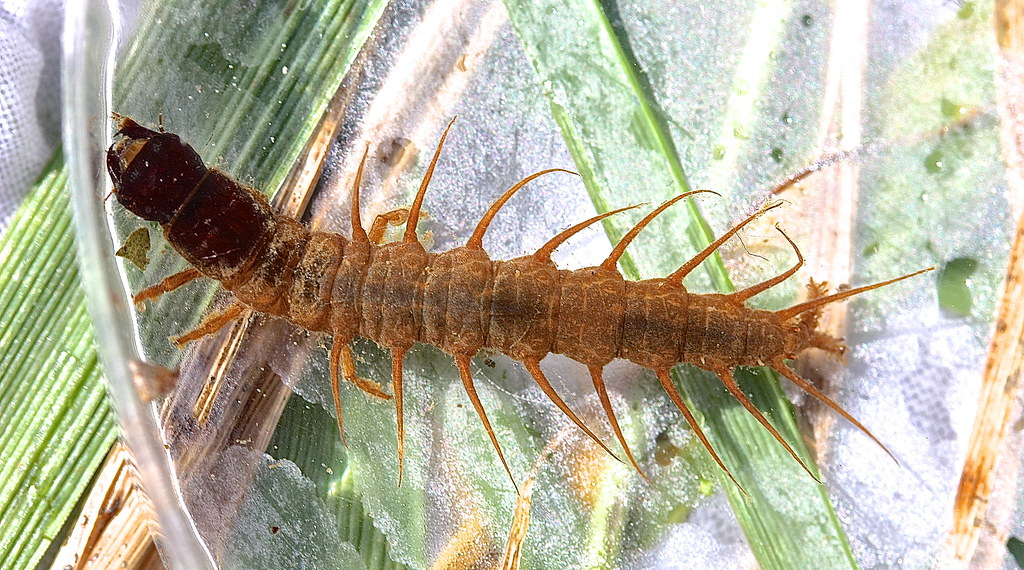
One of the most fascinating aspects of hellgrammite biology is their sophisticated gill system. Unlike fish gills, which are internal, hellgrammite gills are external, appearing as feathery projections along the sides of their abdomen. These gills are incredibly efficient at extracting dissolved oxygen from water, allowing the insects to thrive in their aquatic environment.
The gill structure is so effective that hellgrammites can survive in water with relatively low oxygen levels, though they prefer well-oxygenated streams. Each gill filament is packed with blood vessels that facilitate gas exchange, similar to how human lungs function but adapted for underwater life.
As hellgrammites grow, their gill system develops and becomes more complex. The largest individuals have the most elaborate gill structures, reflecting their increased oxygen needs. This adaptation is so successful that some hellgrammites can survive brief periods out of water by keeping their gills moist.
The Predator’s Arsenal: Hunting Strategies Revealed
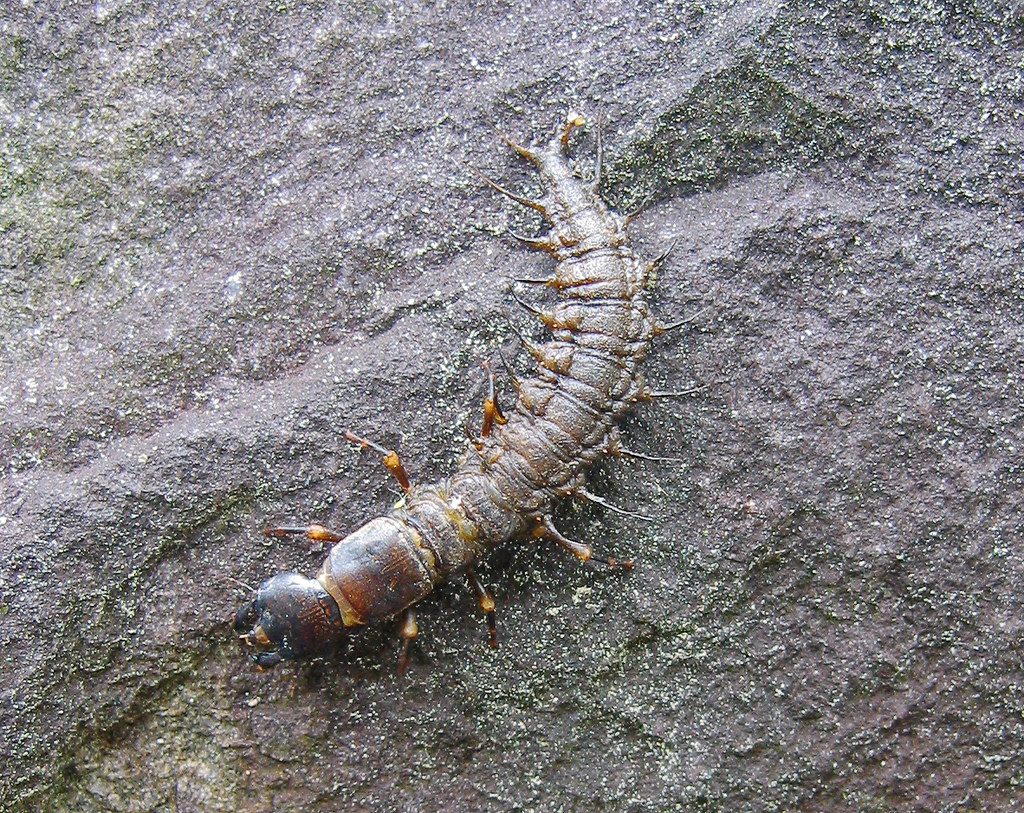
Hellgrammites are master hunters with an arsenal of deadly techniques. Their primary hunting strategy involves patience — they can remain motionless for hours, waiting for prey to come within striking distance. When an unsuspecting victim approaches, the hellgrammite strikes with lightning speed, using its powerful mandibles to crush and hold its prey.
Their diet is surprisingly diverse, including mayfly nymphs, caddisfly larvae, small fish, worms, and even other hellgrammites. This cannibalistic behavior helps control population density and ensures that only the strongest individuals survive to adulthood. Their hunting success depends heavily on water clarity and current speed, with hellgrammites adapting their techniques to local conditions.
The creature’s sensory abilities are remarkable for an underwater insect. They can detect vibrations in the water, chemical signals from potential prey, and even slight changes in water pressure that indicate approaching organisms. This sophisticated sensory system makes them incredibly effective predators in their aquatic domain.
Ecosystem Engineers: Their Role in Freshwater Habitats
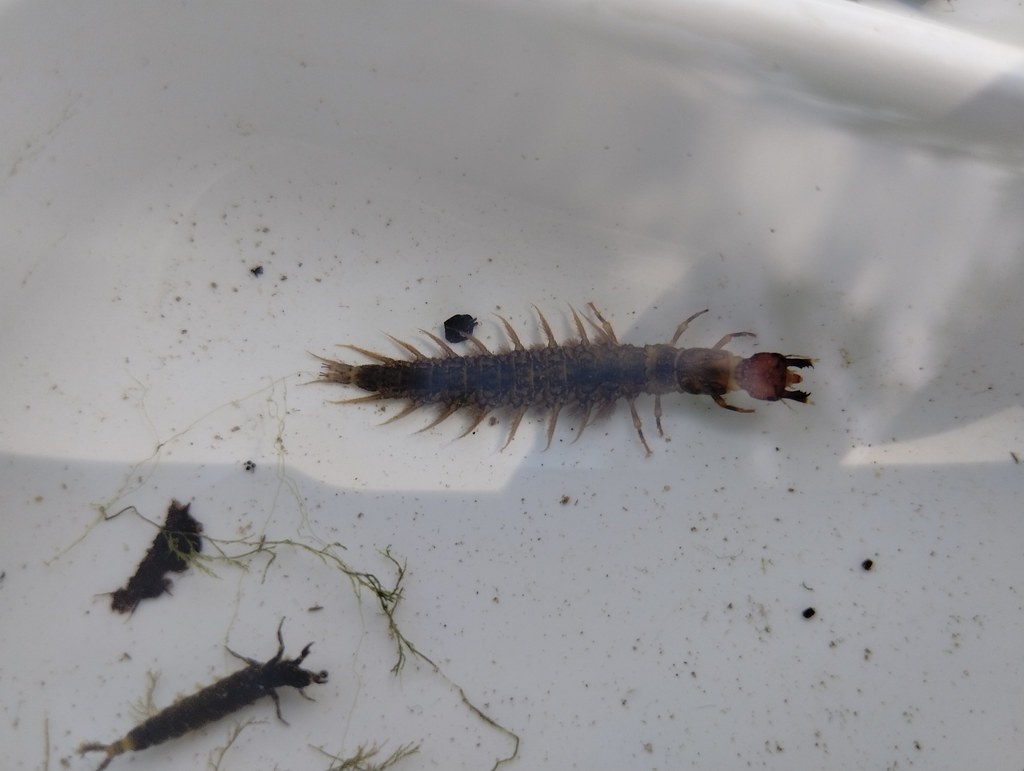
Hellgrammites play a crucial role in freshwater ecosystems, serving as both predators and prey in complex food webs. As predators, they help control populations of smaller aquatic insects, maintaining ecological balance in streams and rivers. Their presence indicates healthy water conditions, making them valuable bioindicators for environmental scientists.
Fish species like bass, trout, and catfish rely heavily on hellgrammites as a food source, particularly during the insects’ emergence periods. This relationship has made hellgrammites popular as fishing bait, though their aggressive nature and powerful bite make them challenging to handle. The economic value of hellgrammites in the fishing industry highlights their ecological importance.
Their burrowing and hunting activities also help aerate sediments and distribute nutrients throughout their aquatic habitats. By moving through different layers of the stream bottom, hellgrammites create pathways for water flow and oxygen exchange, benefiting the entire ecosystem.
Climate Change and Hellgrammite Populations
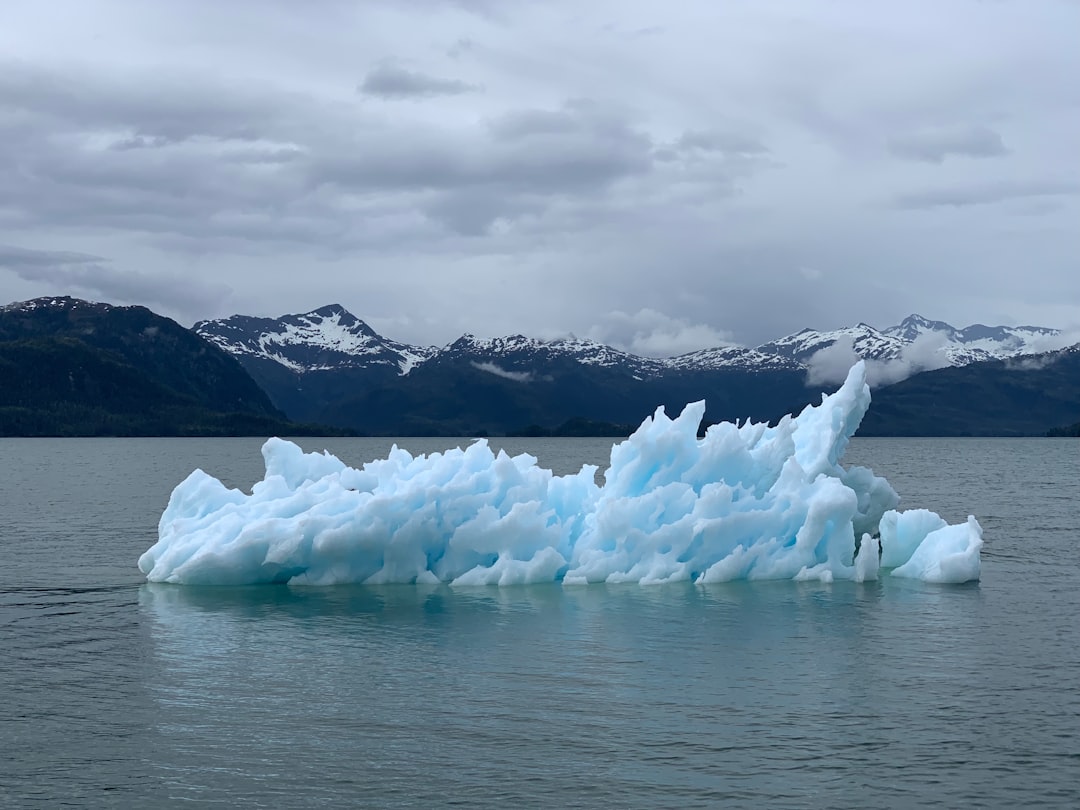
Climate change poses significant challenges to hellgrammite populations across their range. Rising water temperatures affect their development rates, potentially disrupting the carefully timed synchronization between their emergence and optimal mating conditions. Extended droughts can reduce water levels in streams, concentrating pollutants and reducing habitat quality.
Changes in precipitation patterns also impact hellgrammite survival. Increased flooding can wash away developing larvae, while reduced stream flow can lead to stagnant conditions that favor their competitors and predators. The species’ requirement for clean, well-oxygenated water makes them particularly vulnerable to environmental changes.
Scientists are monitoring hellgrammite populations as indicators of freshwater ecosystem health. Declining populations often signal broader environmental problems that affect entire aquatic communities. Their sensitivity to water quality changes makes them early warning systems for environmental degradation.
The Short-Lived Adult: Why So Brief?
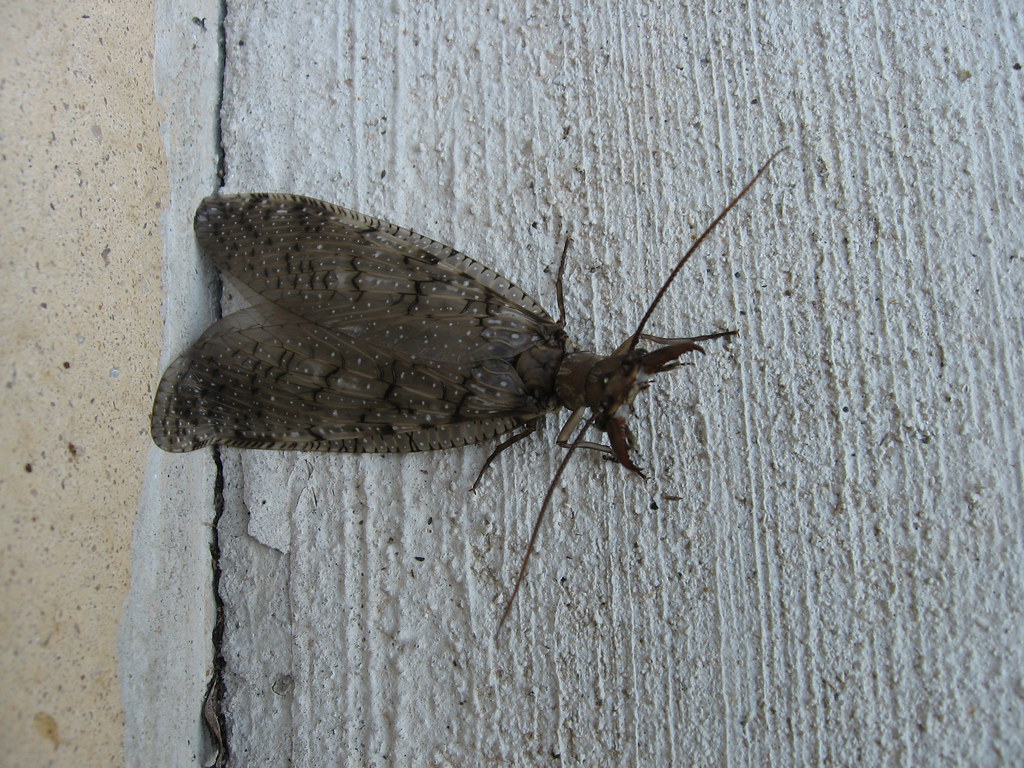
The dramatic difference in lifespan between hellgrammites and adult dobsonflies raises fascinating questions about evolutionary strategy. While the larval stage can last up to three years, adults typically survive only two to four weeks. This extreme contrast represents an evolutionary trade-off between growth and reproduction.
The adult dobsonfly’s brief existence is entirely focused on reproduction. They don’t even feed during their adult stage, relying entirely on energy reserves accumulated during their larval years. This strategy, known as capital breeding, allows them to devote all their resources to finding mates and producing offspring.
The short adult lifespan also reduces exposure to predators and environmental hazards. By emerging in large numbers simultaneously, dobsonflies employ a strategy called predator satiation — there are simply too many individuals for predators to consume them all, ensuring that some will survive to reproduce.
Human Encounters: Fear and Fascination
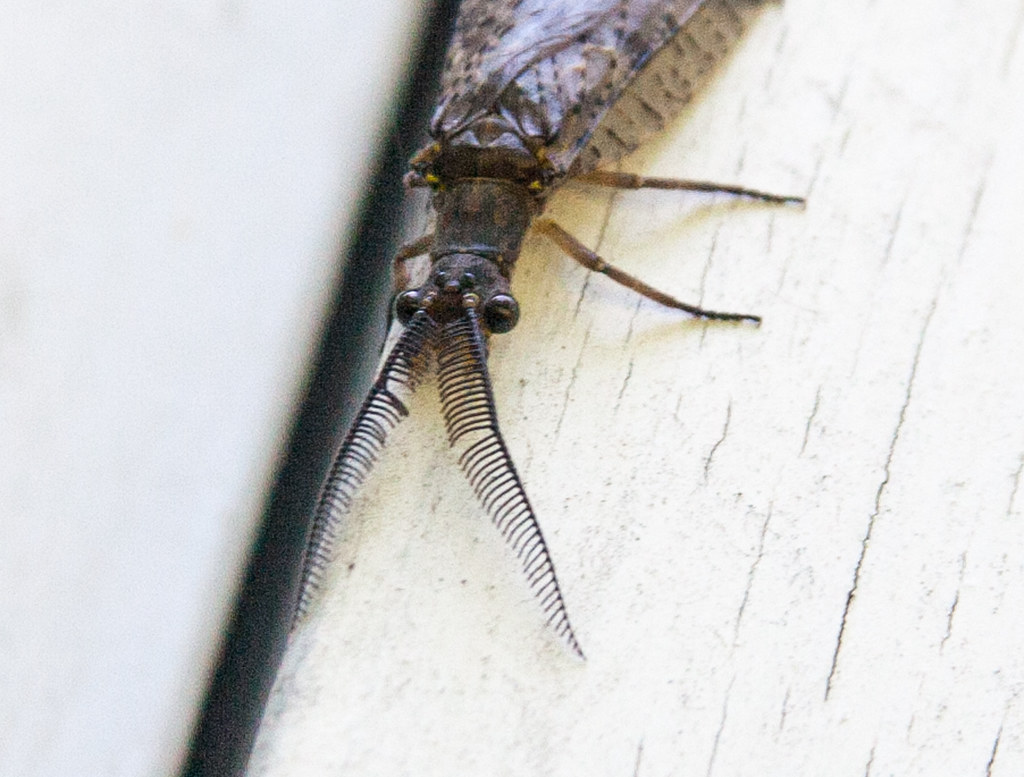
Despite their fearsome appearance, dobsonflies are generally harmless to humans. However, their large size and aggressive-looking mandibles often cause panic when people encounter them around outdoor lights or near water sources. Male dobsonflies, with their enormous jaws, look particularly threatening despite being unable to deliver a meaningful bite.
Female dobsonflies can indeed bite, but they’re not aggressive toward humans unless handled carelessly. Their bite, while painful, is not venomous or dangerous. Most human-dobsonfly interactions occur when the insects are attracted to artificial lights during their brief adult phase, leading to unexpected encounters that often result in unnecessary fear.
Education about these remarkable insects helps reduce unnecessary fear and promotes appreciation for their ecological importance. Many nature centers and educational programs now feature hellgrammites and dobsonflies as examples of complex life cycles and aquatic adaptations.
Conservation Challenges and Protection Efforts
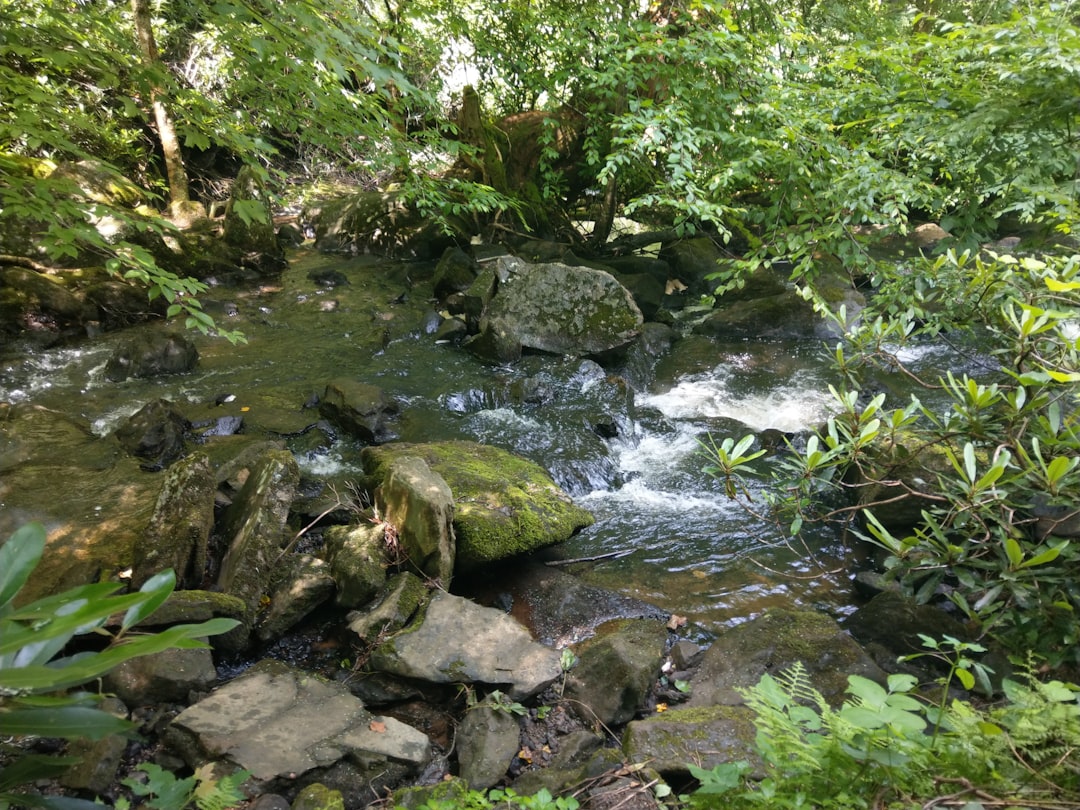
Protecting hellgrammite populations requires maintaining healthy freshwater ecosystems. Water pollution, habitat destruction, and climate change all pose threats to these sensitive insects. Agricultural runoff, urban development, and dam construction can dramatically alter the stream conditions that hellgrammites require.
Conservation efforts focus on protecting watershed integrity and maintaining water quality standards. Riparian buffer zones, which preserve natural vegetation along waterways, help filter pollutants and maintain the stable conditions that hellgrammites need. Stream restoration projects often use hellgrammite presence as a measure of success.
Citizen science programs encourage volunteers to monitor hellgrammite populations and report their observations to researchers. These efforts help scientists track population trends and identify threats to freshwater ecosystems. Public education campaigns highlight the importance of protecting these remarkable creatures and their aquatic habitats.
Conclusion
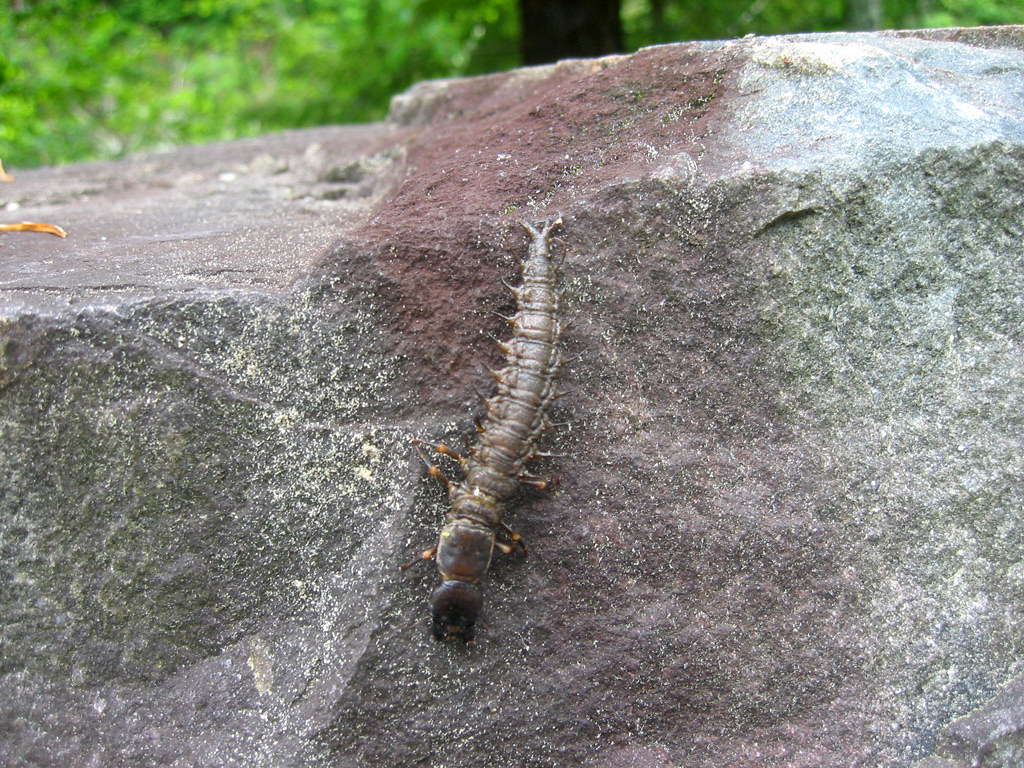
The hellgrammite’s extraordinary life cycle represents one of nature’s most remarkable adaptations to aquatic environments. From their years as fearsome underwater predators to their brief but crucial adult phase, these insects demonstrate the incredible diversity of evolutionary strategies. Their role as ecosystem engineers and environmental indicators makes them invaluable components of freshwater habitats.
Understanding and protecting hellgrammites means preserving the clean, healthy waterways that countless other species depend on. As climate change and human activities continue to threaten freshwater ecosystems, the hellgrammite’s story serves as a reminder of the complex relationships that maintain ecological balance. Their transformation from aquatic monster to flying giant may seem like nature’s magic trick, but it’s actually a testament to millions of years of evolutionary refinement.
Next time you’re near a clean stream or river, remember that beneath the surface, hellgrammites are going about their patient hunting, preparing for their once-in-a-lifetime emergence. What other secrets might be hiding in the depths of our waterways?

